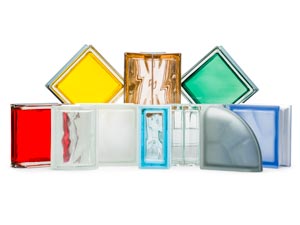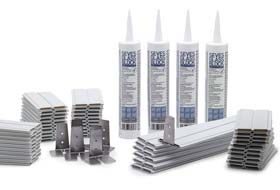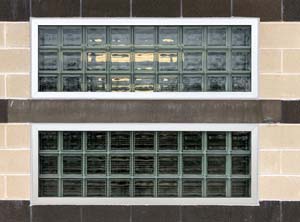Glass Block and Daylighting
Throughout the history of architecture, creative methods of introducing natural light to interior spaces has been of central importance. Where greater land accessibility, height limitations, and limited availability of lighting resources once encouraged the integration of sprawling interior courtyards, modern design has evolved.
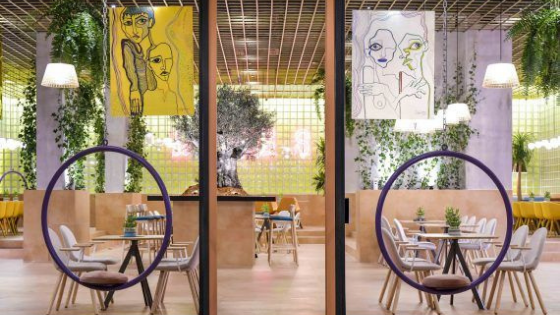
Throughout the history of architecture, creative methods of introducing natural light to interior spaces has been of central importance. Where greater land accessibility, height limitations, and limited availability of lighting resources once encouraged the integration of sprawling interior courtyards, modern design has evolved.
Today, interior design is often pushed to answer that same question while working with much taller, denser structures. When considering the goals, constraints, and style of modern design, it’s easy to see how glass block is uniquely suited to help facilitate the integral benefits of well-daylit residential, commercial, and industrial spaces.
1.Humane Spaces
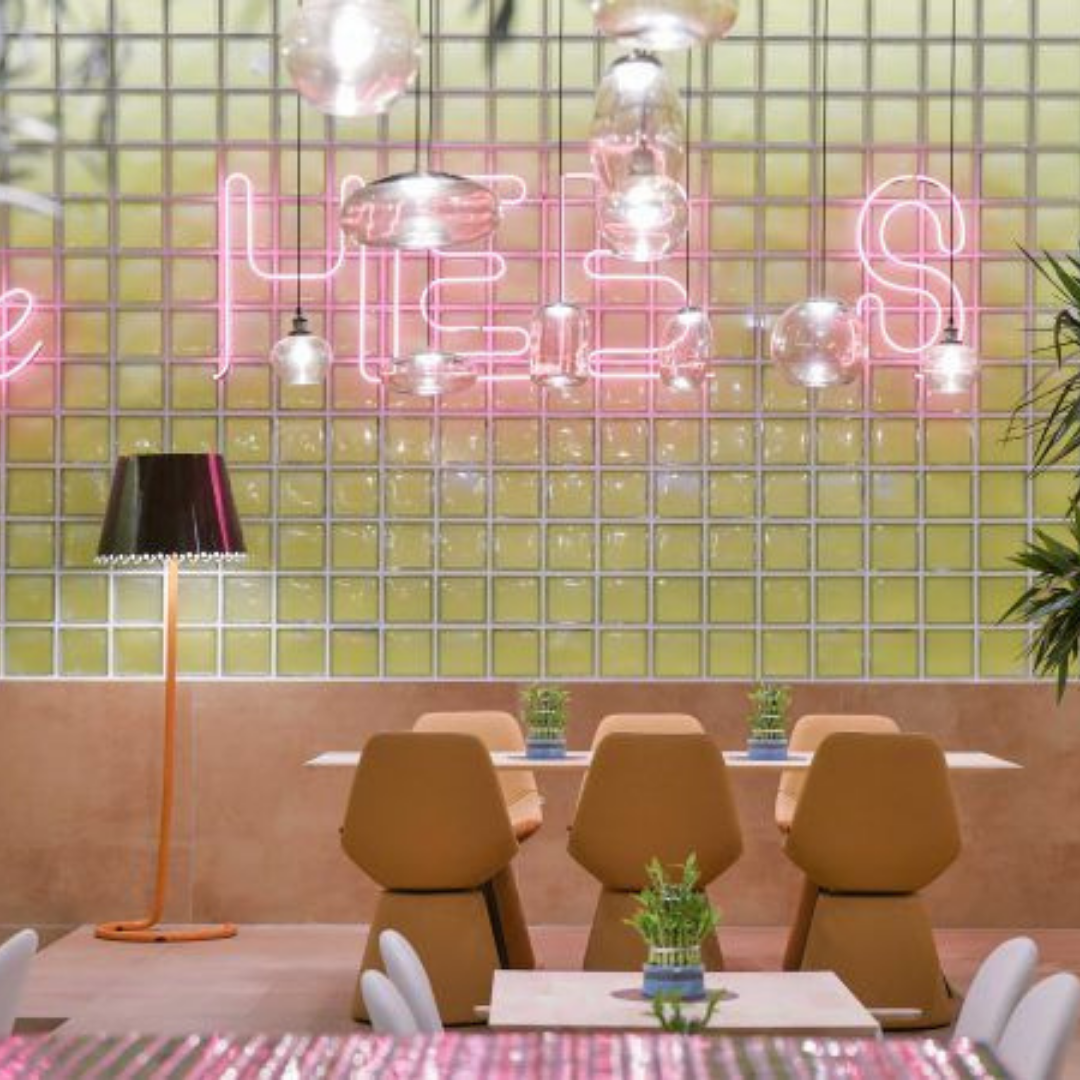
We understand intuitively that bright spaces are more pleasant to occupy. Many employees rank access to natural light and views of the outdoors as their top desire for a workplace – but why is this the case?
For all the control human beings have come to exert over our environment, we’re still beholden to nature. Our sleep cycles and overall mental wellbeing are broadly reliant on the regular production of serotonin and melatonin triggered by exposure to cyclical patterns of natural light from morning through evening.
Physiologically, exposure to sunlight has many benefits. It boosts vitamin D, a critical nutrient linked to several important health benefits – prevention of bone loss, reduced risk of heart disease, healthy weight management, and lower risk levels for various cancers.
Essentially, when people have greater access to natural daylighting we tend to work better and have better health. Glass block can help people stay connected to, and experience the benefits associated with, the rhythm of natural light. And, it can do so while simultaneously providing security and privacy.
2. Productivity
Several studies conducted into the effects of lighting on wellbeing and productivity over the past four decades have led to important takeaways for architects, builders, and employers. Companies that moved into spaces with better daylighting conditions recorded productivity increases of roughly 15% in their employees (Edwards and Torcellini, 2002).
Bright lighting encourages healthy levels of alertness, and spaces with high levels of daylighting are perceived to be “better” by occupants (Maraljevic, 2012). Improvements in mood and morale, as well as decreased fatigue and reduced eye strain, are also associated with improved daylighting conditions (Robbins, 1986).
High levels of natural light provide the secondary benefit of limiting exposure to fluorescent lighting, which has been consistently shown to induce a stress response (Psychology Today). With broad-ranging impacts, from diminished perceived well-being to inhibited pro-social behaviors, creative methods for introducing natural light to interior spaces (like glass block) have become a core necessity rather than an addition.
3. Fiscal & Environmental Efficiency
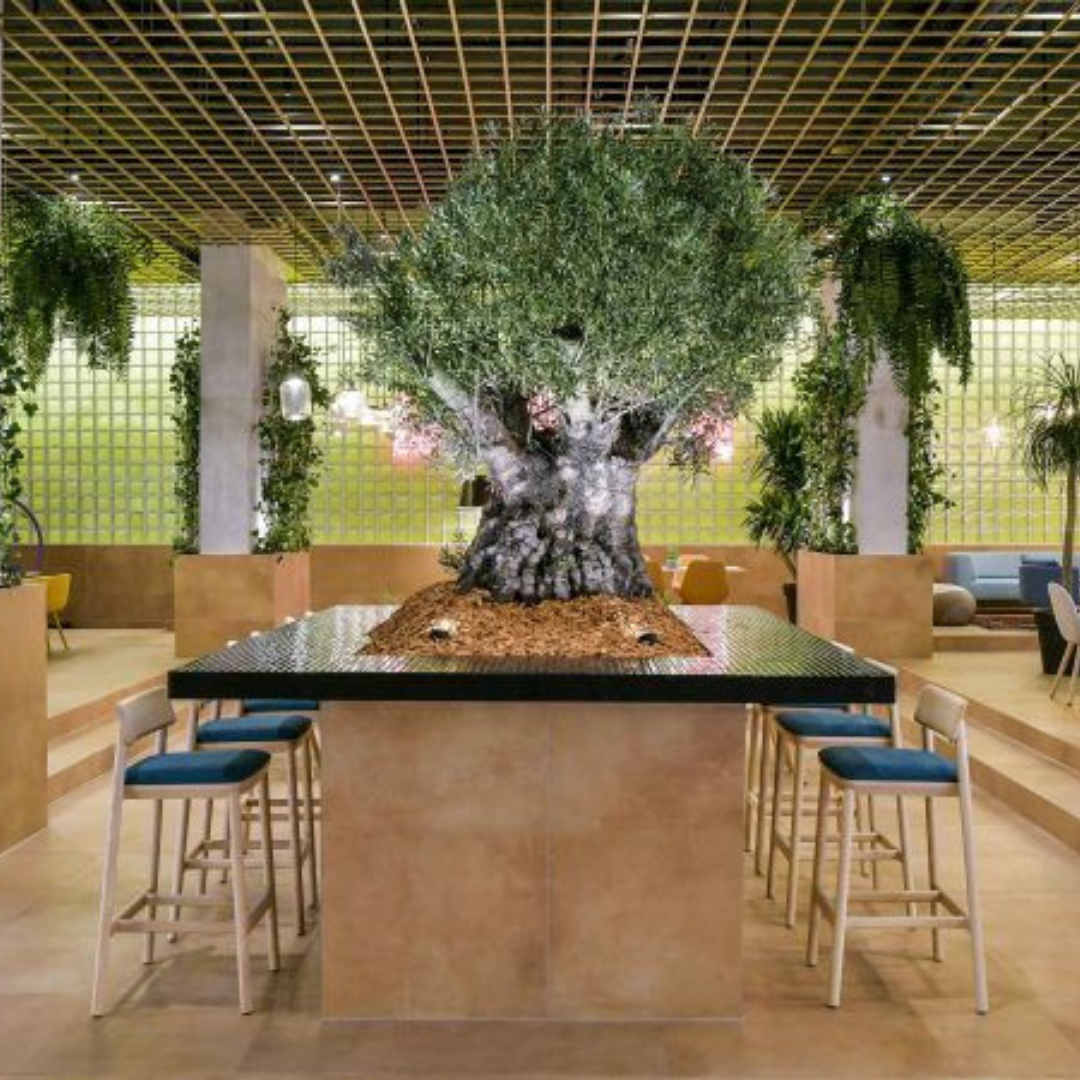
With electric lighting as one of the largest causes of energy-related greenhouse gas emissions globally, few circumstances should make business owners as happy as the convergence of organizational and social obligations.
Though widely variable based on individual user profile and implementation, one study showed the use of ambient daylighting can reduce energy usage for electric lighting by 20-60% (Galasiu et al., 2007).
Selecting glass block as a key design material helps achieve both of these outcomes.
4. Glass Block Provides Visible Light Transmission (VLT) Variability
Glass block is a particularly effective building material in facilitating ambient daylighting for interior spaces. With significant variety in Visible Light Transmission (VLT) between different styles (ranging from nearly transparent to nearly opaque), glass block offers unique control over ambient lighting and privacy.
Where the VLT of a flat pane of glass is roughly 90%, with double-glazed and tinted windows ranging from roughly 50-80%, glass block offers comparable efficiency and greater control.
Seves ‘High Tech Options’ can enhance energy efficiency, light transmission and visibility with our Energy Efficient Block Technology, Solar Reflective Films and Frosted block finishes.
5. Glass Block Promotes Energy Efficiency
Heating is another essential component of energy efficiency in which glass block proves to be a particularly effective choice of building material. Many styles of glass block effectively diffuse incoming light to prevent overheating while retaining insulating properties comparable to double-glazed windows in winter.
Adding to its efficacy in green building, glass block is extraordinarily durable and low maintenance. Composed of non-porous material, glass block is moisture resistant and resilient against aggressive detergents. It is ideally suited to perform beautifully in North American building environments.
Furthermore, because glass block installations are composed of many individual glass blocks, a damaged glass block can often be replaced without requiring the replacement of the whole installation.
Contrasted against a typical window or glazing system in which damage may require the replacement of the entire pane or window, the much longer lifespan of a glass block installation (as much as 50+ years) reduces long-term material costs and waste.
References
Edwards, L., Torcellini, P. (2002) A Literature Review of the Effects of Natural Light on Building Occupants, National Renewable Energy Laboratory, U.S. Department of Energy.
Galasiu, A., Newsham, G. R., Suvagau, C., Sander, D. M. (2007) Energy Saving Lighting Control Systems for Open-Plan Offices: A Field Study in The Journal of the Illuminating Engineering Society Volume 4(1), pp 7-29. https://doi.org/10.1582/LEUKOS.2007.04.01.001.
https://www.healthline.com/health/natural-light-benefits#benefits
Mardaljevic, J. (2012) Daylight, Indoor Illumination and Human Behavior in Encyclopedia of Sustainability Science and Technology Springer-Verlag New York Inc, New York. ISBN 978-0-387-89469-0, pp 2804-2846
https://www.psychologytoday.com/us/blog/mental-wealth/201409/why-cfls-arent-such-bright-idea
Robbins, C. L. (1986) Daylighting Design and Analysis, New York: Van Nostrand Reinhold Company.
